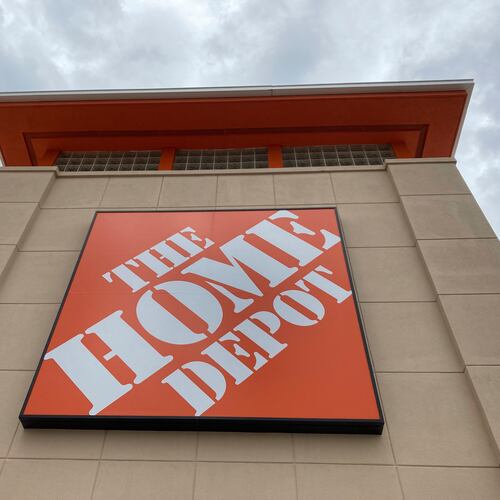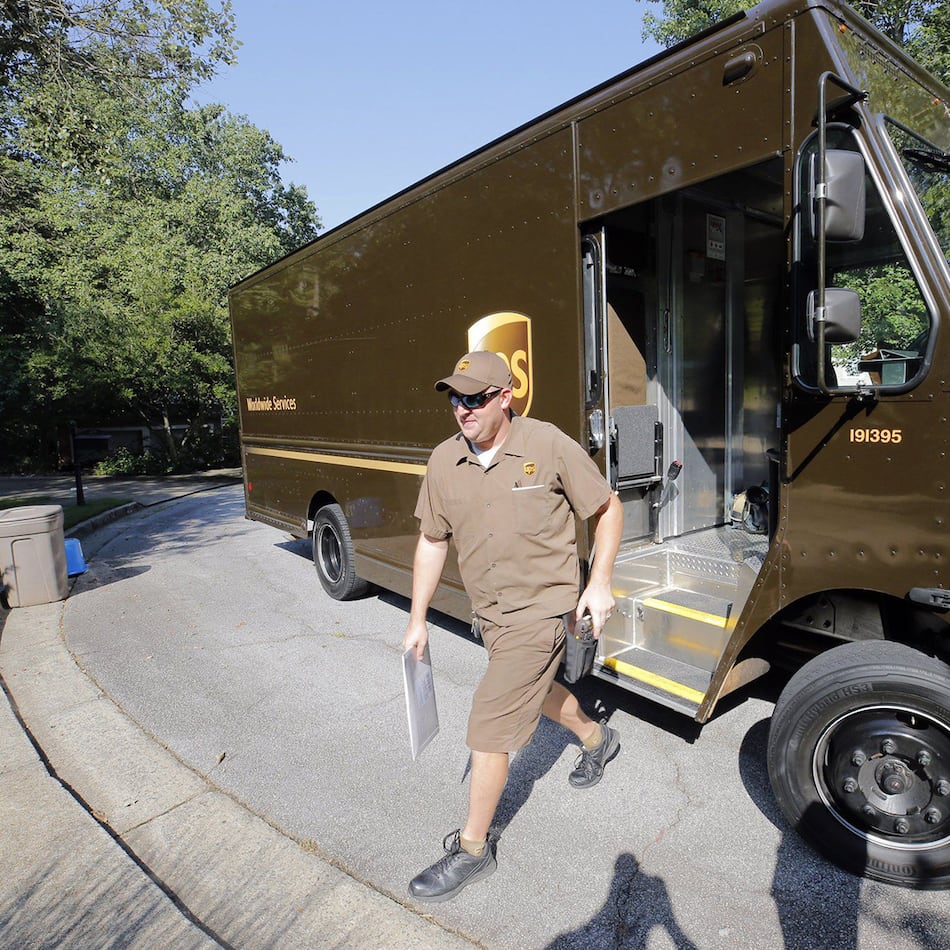Think of 3D printing this way.
In traditional manufacturing, machines or people trim away material — metal, wood, plastic, whatever — until they've created the product they want. A 3D printer starts with nothing but a digital image and then builds the product a layer at a time.
Eventually, this process could radically change the way we buy things, from medical devices to toys to furniture to spare parts for the dishwasher.
What might that mean to companies like UPS or Home Depot — enormous opportunity or grave disruption or both?
How far along is this technology? Farther than you may think. See how local companies are using 3D printing already, and watch our video of the process in action.
About the Author
Keep Reading
The Latest
Featured


